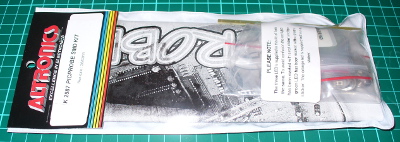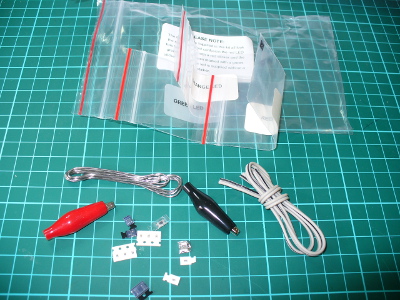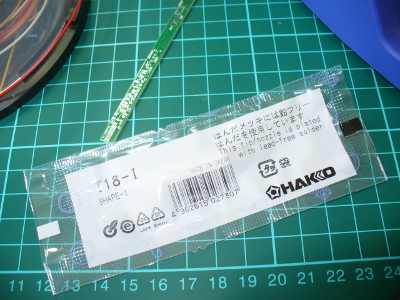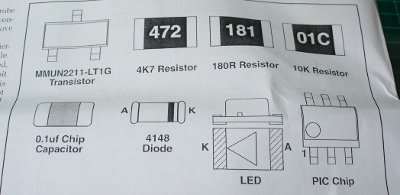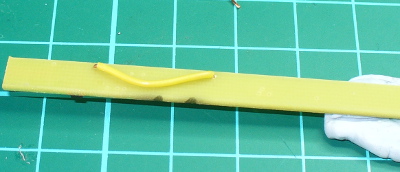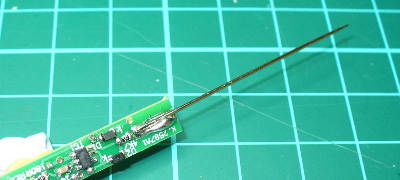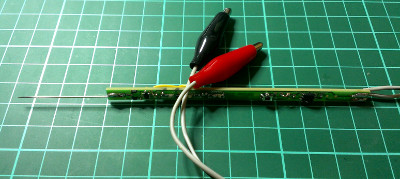31
Kit review – Altronics Logic Probe Mk II
3-state, altronics, australia, chip, Electronics, K2586, kit, kit review, logic, logic probe, magazine, probe, review, silicon, silicon chip, test equipment, tristate, tronixstuff, tutorial Comments Off on Kit review – Altronics Logic Probe Mk II
Introduction
Every month Australian electronics magazine Silicon Chip publishes a few projects, and in this kit review we’ll look at an older but still current example from August 2004 – the 3-state Logic Probe Kit (Mk II). This is an inexpensive piece of test equipment that’s useful when checking digital logic states and as a kit, great for beginners. Avid readers of my kit reviews may remember the SMD version we examined in June… well it wasn’t that much of a success due to the size of the parts. However this through-hole version has been quite successful, so keep reading to find out more
Assembly
The kit is packaged in typical form, without any surprises:
In typical Altronics fashion, an updated assembly guide is provided along with a general reference to common electronics topics:
All the required parts are included – except for a 14-pin IC socket and two CR2016 batteries.
The PCB makes soldering easy with the silk-screen and solder mask:
However the resistor numbering is a bit out of whack, a few R-numbers are skipped. So before soldering, measure and line up all the resistors in numbered order – doing so will reduce the chance of fitting them in the wrong spot.
When it comes time to solder the power switch on the end, it’s necessary to clip off two tabs – one at each end of the switch. However this isn’t a problem:
Soldering in the rest of the components wasn’t any effort at all, they’ve been spaced around the PCB nicely:
Once they’re in, it’s time to insert the pins that hold the probe (shown on the left below):
A full-sized probe is included with the kit, which you cut down with a hacksaw to allow it to fit on the end of the PCB. Then solder a short wire from the tip’s collar and run it through the body as such:
At this point, it’s time to break out the butane torch:
… with which you melt down the heatshrink over the tip, then fit it to the PCB and solder the probe wire:
At this point it’s wise to fit the batteries and test that the probe works, as the next stage is to heatshrink the entire circuit to the left of the LEDs:
Use
Using the probe is incredibly simple – however note that it’s designed for working with 5V logic. If you need to use higher voltages the probe can be assembled with slightly different circuit to take care of that eventuality. Moving forward simply clip the lead to GND on the circuit under test, then probe where you want to measure. The LEDs will indicate either HIGH, LOW or the PULSE LED will light when a fault is apparent, or other need for further research into the circuit. Here’s a quick demonstration probing a signal from an Arduino board:
Conclusion
This through-hole version of the logic probe kit was much easier to construct than the SMD version, and worked first time. A logic probe itself is a very useful tool to have and I highly recommend this kit for the beginner who enjoys projects and is growing their stable of test equipment on a budget. You can find the kit at Altronics and their distributors.
Full-sized images available on flickr. And if you made it this far – check out my new book “Arduino Workshop” from No Starch Press.
In the meanwhile have fun and keep checking into tronixstuff.com. Why not follow things on twitter, Google+, subscribe for email updates or RSS using the links on the right-hand column? And join our friendly Google Group – dedicated to the projects and related items on this website. Sign up – it’s free, helpful to each other – and we can all learn something.
[Note - kit purchased without notifying the supplier]
The post Kit review – Altronics Logic Probe Mk II appeared first on tronixstuff.


























